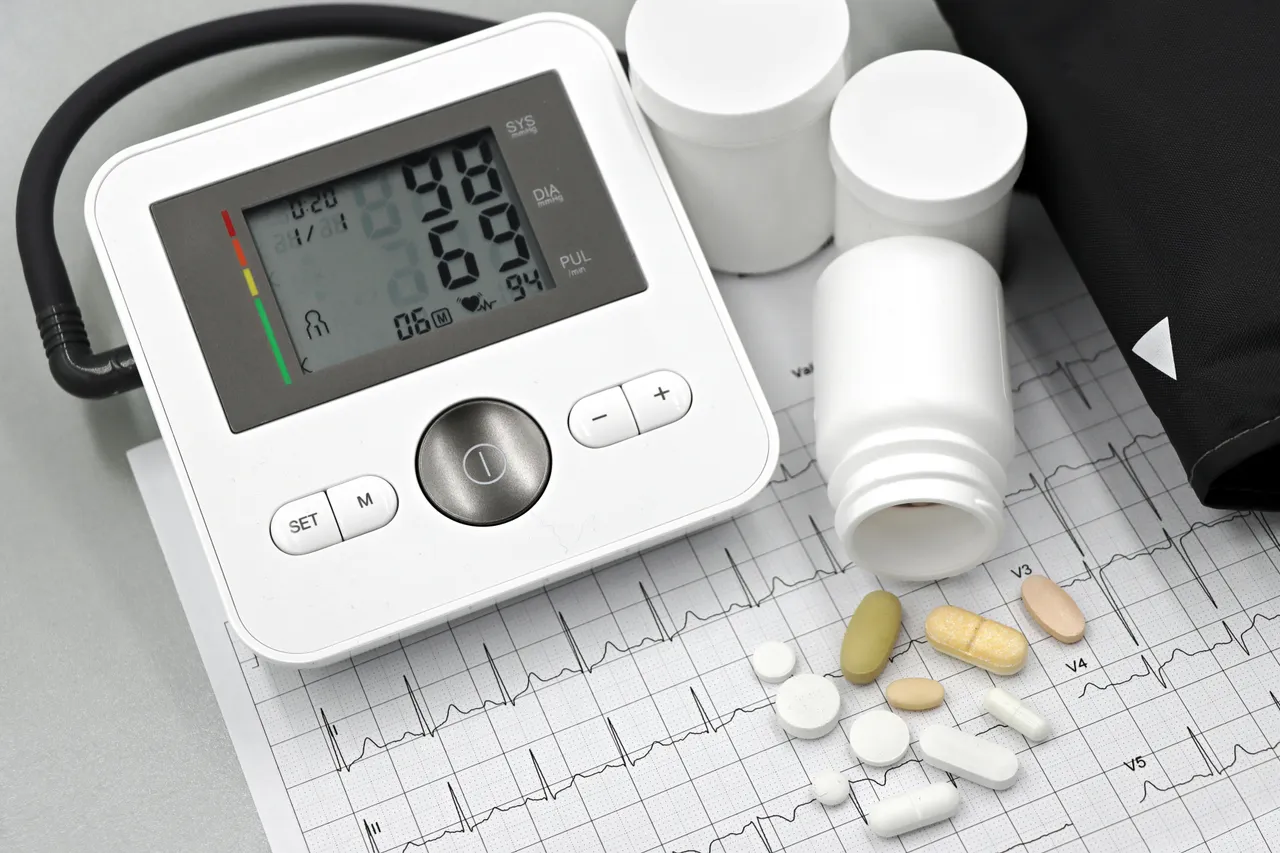Climate change is no longer just an environmental issue—it’s a cardiovascular one. As global temperatures rise, the ripple effects are showing up in hospitals and homes alike, especially in the form of high blood pressure, food insecurity, and rising salt intake.

🌡️ Heat and Hypertension
Extreme heat stresses the cardiovascular system. Dehydration, vasodilation, and electrolyte imbalances contribute to spikes in blood pressure, especially in older adults and those with pre-existing conditions. A 2021 study in Circulation found that every 1°C increase in temperature was associated with a 1.3% increase in cardiovascular hospitalizations.

🍲 Hunger and Salt Dependence
As climate-driven droughts and floods disrupt agriculture, food prices rise—especially for fresh produce. Processed foods, which are cheaper and longer-lasting, often become the default. These are typically high in sodium, further driving hypertension.
The FAO reports that global food prices increased by over 30% in 2021, and in low-income settings, this shift in diet is linked with a measurable rise in hypertension-related diseases.
💥 A Dangerous Cycle
More heat → crop failures → processed food reliance → salt intake → higher blood pressure This feedback loop disproportionately affects vulnerable populations in urban slums and rural communities, particularly in countries already battling malnutrition.

🩺 Final Thought
Climate change doesn’t just warm the planet—it quietly raises your blood pressure. Tackling this triple burden demands integrated climate, food, and health policies to ensure people aren’t forced to choose between hunger and hypertension.
References:
1.Circulation Journal (2021)) – “Ambient Temperature and Risk of Cardiovascular Hospitalizations”
2.FAO Food Price Index – “World Food Prices Increase by Over 30% in 2021”
3.WHO – Climate Change and Health
Pic credit: Pexels: Mart production Marta Branco Sebastian Sørensen